
Research Rising to the Challenge
Their research focuses on the viral protein called Mpro, the enzyme that drives the virus’s replication by cutting the long chain of viral proteins that form. “It’s a molecular scissor,” says Vashisth, associate professor of chemical engineering. “And if you inhibit the activity of this enzyme, it will never cut the polypeptide thread into individual proteins,” preventing the virus from replicating. The researchers have designed synthetic molecules that show promise in interrupting the snipping of the Mpro “scissor” enzyme.
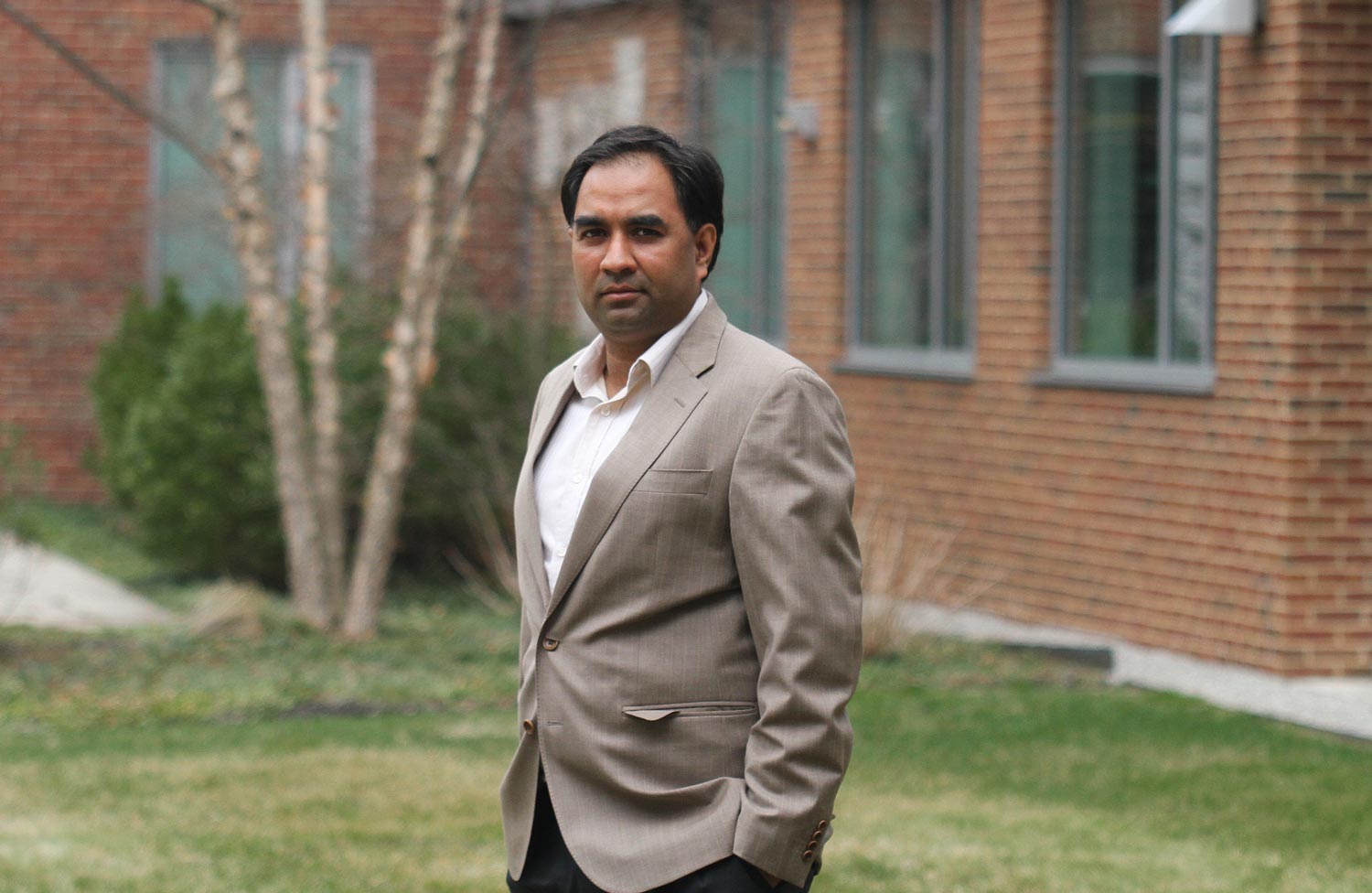
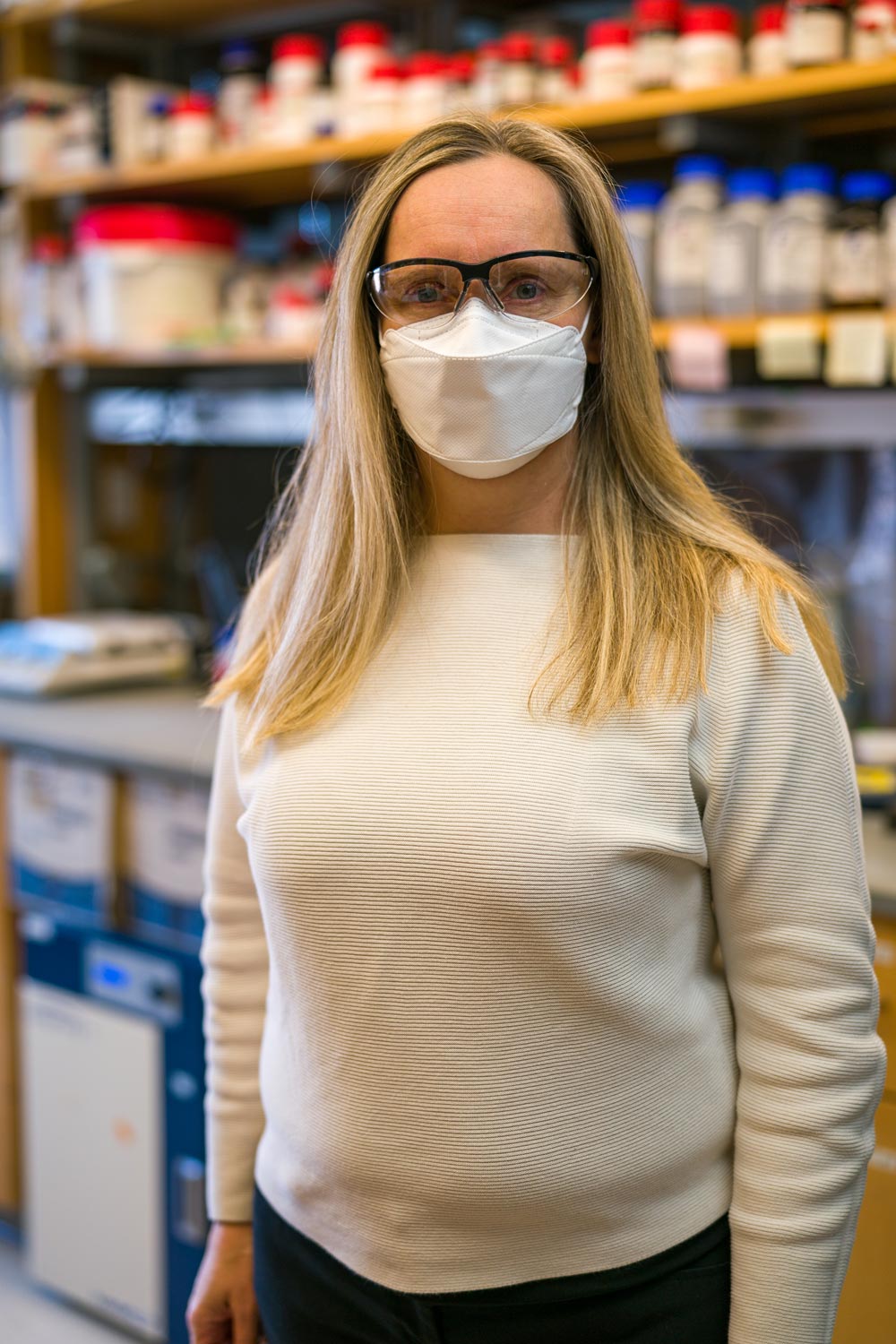
Varga, associate professor of molecular, cellular and biomedical sciences, brings her expertise in nuclear magnetic resonance, or NMR, spectroscopy to this effort. “She looks at the detailed structure of this enzyme with and without the inhibitors,” says Vashisth. “Doing NMR spectroscopy fills certain gaps and can show certain states that aren’t available in a model.”
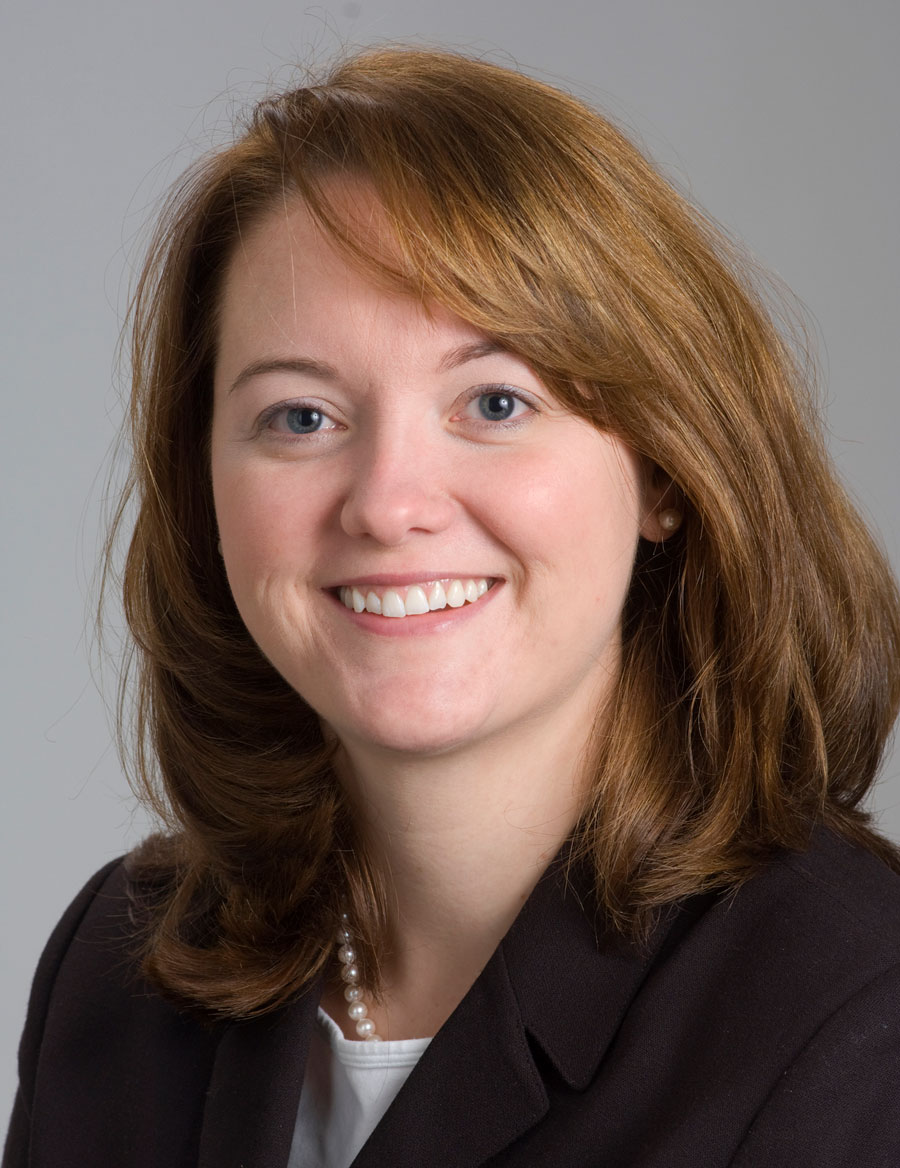
The research, published in the journal Medical Care Research and Review with co-authors Bryce Smith, a doctoral student at UNH, and former Carsey School researcher Kristin Smith, is particularly relevant in New Hampshire, which holds the dubious distinction of having the nation’s highest percentage of COVID deaths — more than 80% — among long-term care residents. “The pandemic has shone a spotlight on inequalities throughout our society, particularly in healthcare systems and among vulnerable populations like our elders in nursing care,” says Baughman.
“We started this because the economy was tanking and a lot of people were paying attention to the national impact, but there was really no place that was pulling together the data for all the states and putting it together in a comprehensive way,” says Carsey School director Michael Ettlinger, who co-authors the monthly report with Carsey policy analyst Jordan Hensley. The data has been used by reporters, governors and others looking for contextualized trends and information.
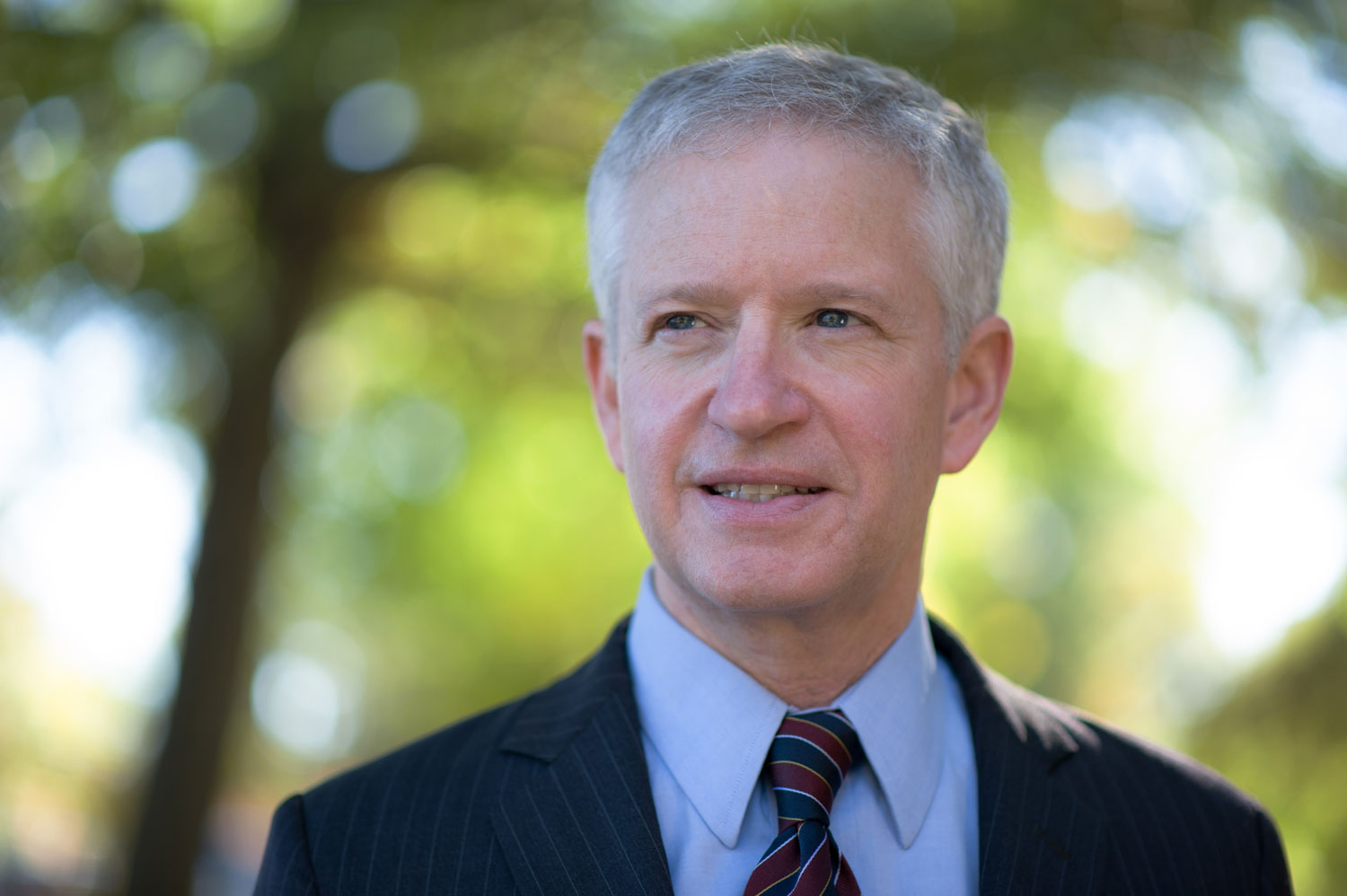
At UNH’s Institute on Disability, the team behind the monthly National Trends in Disability Employment (nTIDE) jobs report for people with disabilities, is now parsing population survey data to offer greater detail on the effects of the pandemic on employment for people with disabilities, who in general work at about half the rate of those without disabilities. The team shares their findings in a mid-month COVID-19 webinar.
Since 2017, Miksis-Olds, a marine acoustician, has been listening to deep ocean ecosystems via the Atlantic Deepwater Ecosystem Observatory Network (ADEON), a network of acoustic ocean bottom platforms deployed along the outer continental shelf from Virginia to Florida. “We hear all sorts of things: boats, hurricanes, big whales, small whales, echolocation, fish choruses,” she says.
When Miksis-Olds, who directs ADEON, closed out the data collection phase of the project in December 2020, she found herself with a unique chance to eavesdrop on the pandemic’s impact on ocean soundscapes. “We were opportunistically recording during COVID, and we’ve got two years of baseline data prior to that to compare to COVID conditions,” she says.
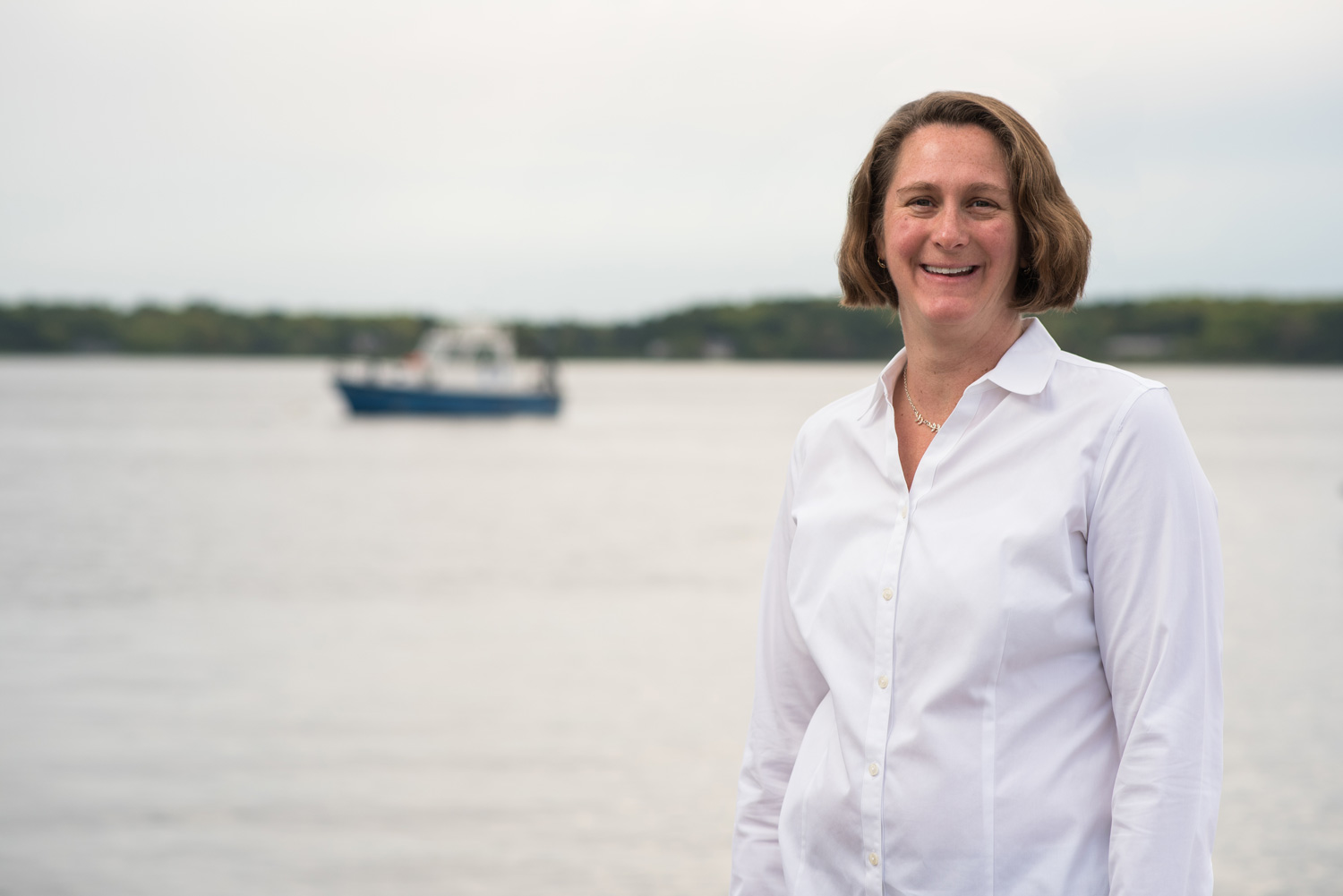
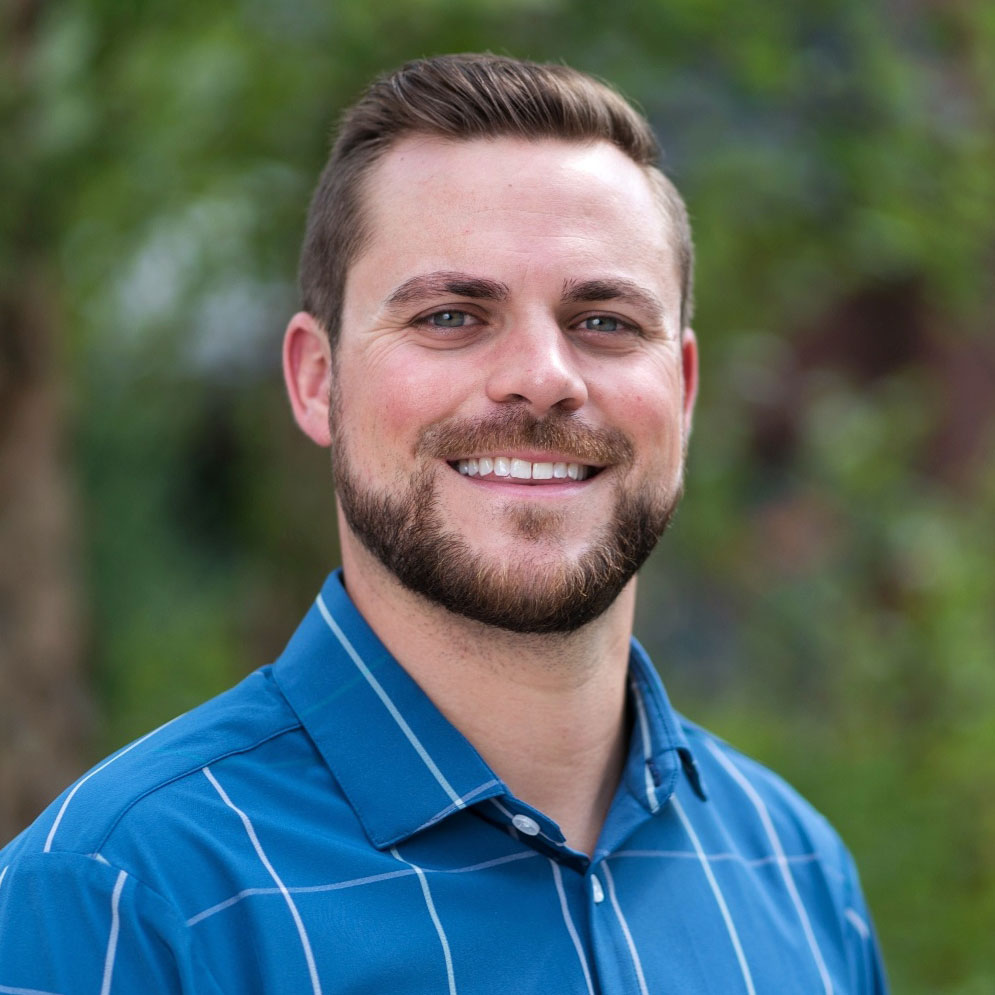
If shipping lanes grew quiet due to COVID, hiking trails and outdoor recreation in New England’s National Forests buzzed with unprecedented traffic. Michael Ferguson, assistant professor of recreation management and policy (RMP), was well situated to document the impact.
In October 2019, Ferguson, along with fellow RMP faculty members Robert Barcelona, associate professor, and lecturer Lauren Ferguson, launched a year-long visitor use management study in the White Mountain, Green Mountain and Finger Lakes National Forests in New Hampshire, Vermont and New York for the USDA Forest Service. Since their study relied heavily on face-to-face surveys, “to be frank, I thought our research was dead in the water,” when COVID hit, Ferguson says.
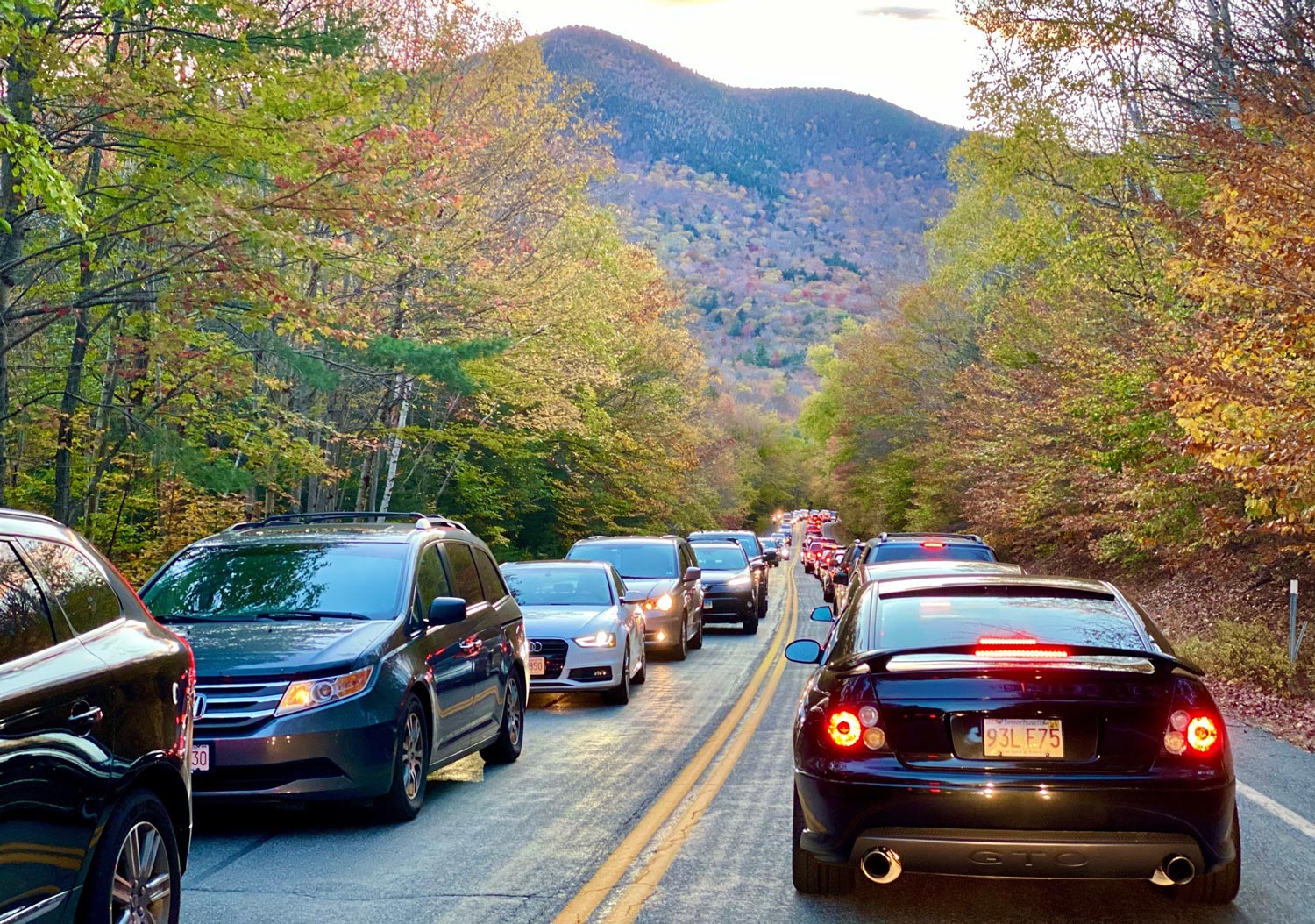
The USDA Forest Service will use this data to allocate resources and manage the National Forest system while simultaneously providing high-quality experiences. “This research provides resource managers data-driven solutions to inform policy,” says Ferguson. And this unique snapshot will allow researchers to model visitor behaviors and decision-making before, during and after a global pandemic, he adds.
Despite the near-crisis situation this spike in visitation wrought upon popular outdoor recreation sites and their management, Ferguson sees the trend as generally positive. “People are now re-remembering and re-discovering the incredible parks and protected areas right in their own backyards.”